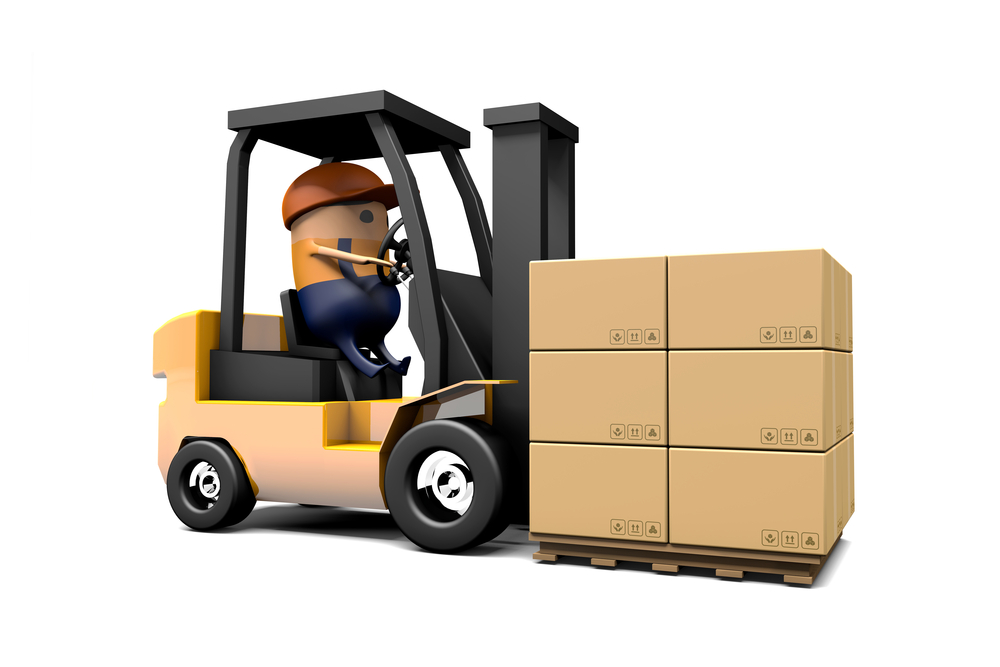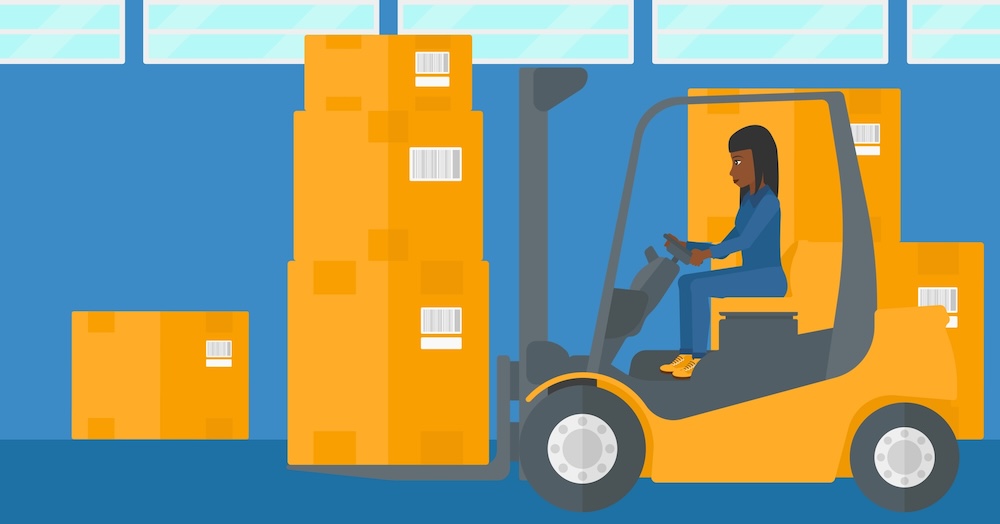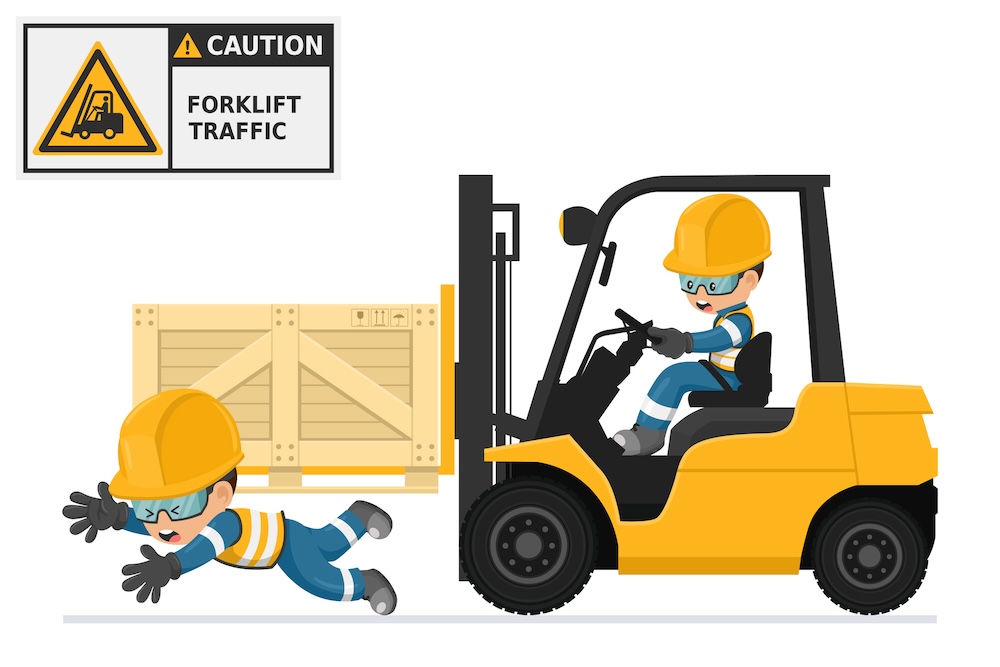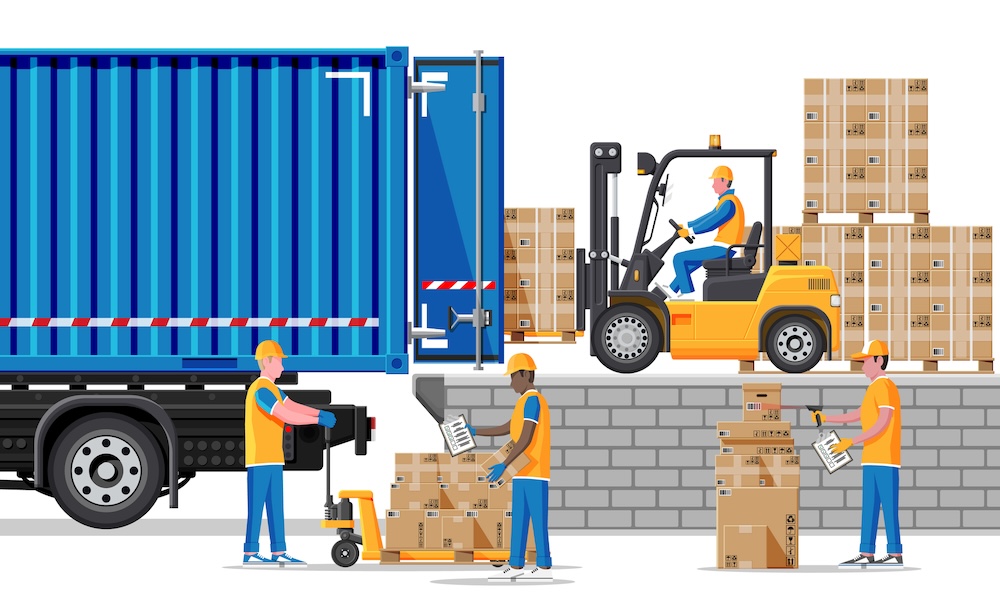Make a Daily Forklift Inspection a Priority for Your Concord Business
12/29/2022
CITrucks
Did you know that heavy machinery causes thousands of accidents and over 800 fatalities per year?
The forklift that your business uses is an invaluable asset that sets the pace for your operations. Accidents not only endanger employees but can lead to OSHA violations and damage the machinery in the process. It doesn't take much for a safety violation to turn into a life-threatening accident.
Fortunately, there is a way to mitigate accidents: forklift inspection. It's a small thing that many Concord companies sometimes neglect, but it pays big dividends.
Just the simple inclusion of a forklift daily checklist can make huge improvements in forklift safety.
What Can Lead to Forklift Accidents in your Concord Business?
Thousands of incidents occur every year involving forklifts alone. In many cases, these accidents can be prevented.
Common reasons for forklift accidents may include the following:
- Poor tire condition results in poor handling and limited load rating
- Fork condition results in difficulty picking up or holding loads
- Brakes fail, resulting in collisions
- Horns or lights do not work, resulting in other workers being unaware of danger
- Battery issues, which risk leaving a forklift stranded with a heavy load
Other issues may simply include disregarding the requirements for forklift training. They may include driving fast and recklessly to work quicker. Whatever the case, a forklift daily checklist can alleviate many of these things.
OSHA Forklift Guidelines as Forklift Inspection
The best place to start is with the daily checklist from OSHA (Occupational Safety and Health Administration). OSHA is the government's workplace regulation arm. They come down hard on those who violate their standards, so it's in your best interest to heed them.
Don't make the mistake of thinking of OSHA regulations as a burden. Rather, recognize these as tried-and-true methods to protect your employees and your Concord business.
Furthermore, emphasize to your employees how this daily checklist is in their best interest. It's easy to fall into a rut where you only do the forklift safety checklist once a week or less, but the few minutes it takes to do an inspection can provide a safeguard against future accidents.
Tips for a Daily Forklift Inspection, According to OSHA
OSHA not only provides a list of things to check, but also some general guidelines in regard to the list. First and foremost, they require that you do these checks every day, without exception. This should occur at the beginning of the day, before the forklift operator's shift.
OSHA does not require you to document every inspection. However, you should post an easy-to-follow inspection list in an accessible area. This can help with liability in the event an accident does happen, as proof that you're following the regulations.
Here are the things employees need to inspect:
- Safety features (including the seat belts, horn, lights, and brakes)
- Tire condition
- Fluid levels
- Fork condition
- Any visible perfections or issues that stand out
There are two phases to an inspection: visual and operational. The visual inspection is to identify issues that would present an issue before anyone tries to use the forklift. This can help to avoid risks that might occur in the operational phase.

Visual Inspection of your Forklift
Here are the most important things you should check during a visual inspection:
- Make sure the forklift operator manual is inside the cabin, and legible
- The seatbelt is intact and working as designed
- Backrest extension in place
- Finger guards are in place and working
- There is sufficient chain tension
- The forks are in good condition, and their retaining pin is in place
- All nameplates and safety decals are visible, in place, and legible
- Tires have good pressure and don't have punctures, gouges, or cuts
- Hydraulic hoses don't have cracks or leaks, and neither do the mast chains
- There is a sufficient level of water, oil, and hydraulic fluid
- Alarms, horns, lights, and fire extinguishers are working
- The operator compartment is free of grease or debris
Note: you may choose to go further. This list serves as a template for the most basic and important things. You may require additional, more intensive steps.
Forklift operators should take note of anything that doesn't seem right. If possible, they should take pictures and submit this to a supervisor. It's imperative that you take action ASAP to address potential issues before something devastating happens and your business in Concord becomes liable.
Forklift Operational Inspection
Assuming the forklift is in good, working condition, it's time to turn it on. Check the following:
- Brakes are responsive and bring you to a full stop
- Steering maneuvering is calibrated
- All the controls are working – drive, tilt, hoist/lowering, and the attachment
- Lights, horns, and other safety alert systems
- Additional systems such as inch control or accelerator linkage
As before, take note of issues. Listen for strange sounds and note any performance oddities. If you notice anything major, you should NOT operate the forklift until you've addressed the problem.
Daily maintenance will be better in the end than last-minute, major repairs. It will make you aware of issues before they get bad, giving you ample time to schedule maintenance.
Maintain Your Concord Forklifts for the Long Haul
Forklift inspection can be a tedious process that your forklift operators may ignore out of boredom. However, it's this small step that can save you a lot of money--and lives. You'll avoid falling afoul of OSHA, and you'll maintain a safe work environment for your Concord business that your employees appreciate.
Carolina Industrial Trucks is the leader in forklift rentals, service, and even training. Whether you're looking for parts or regular maintenance, our team is here to help you. Contact us today.
Recent Posts





